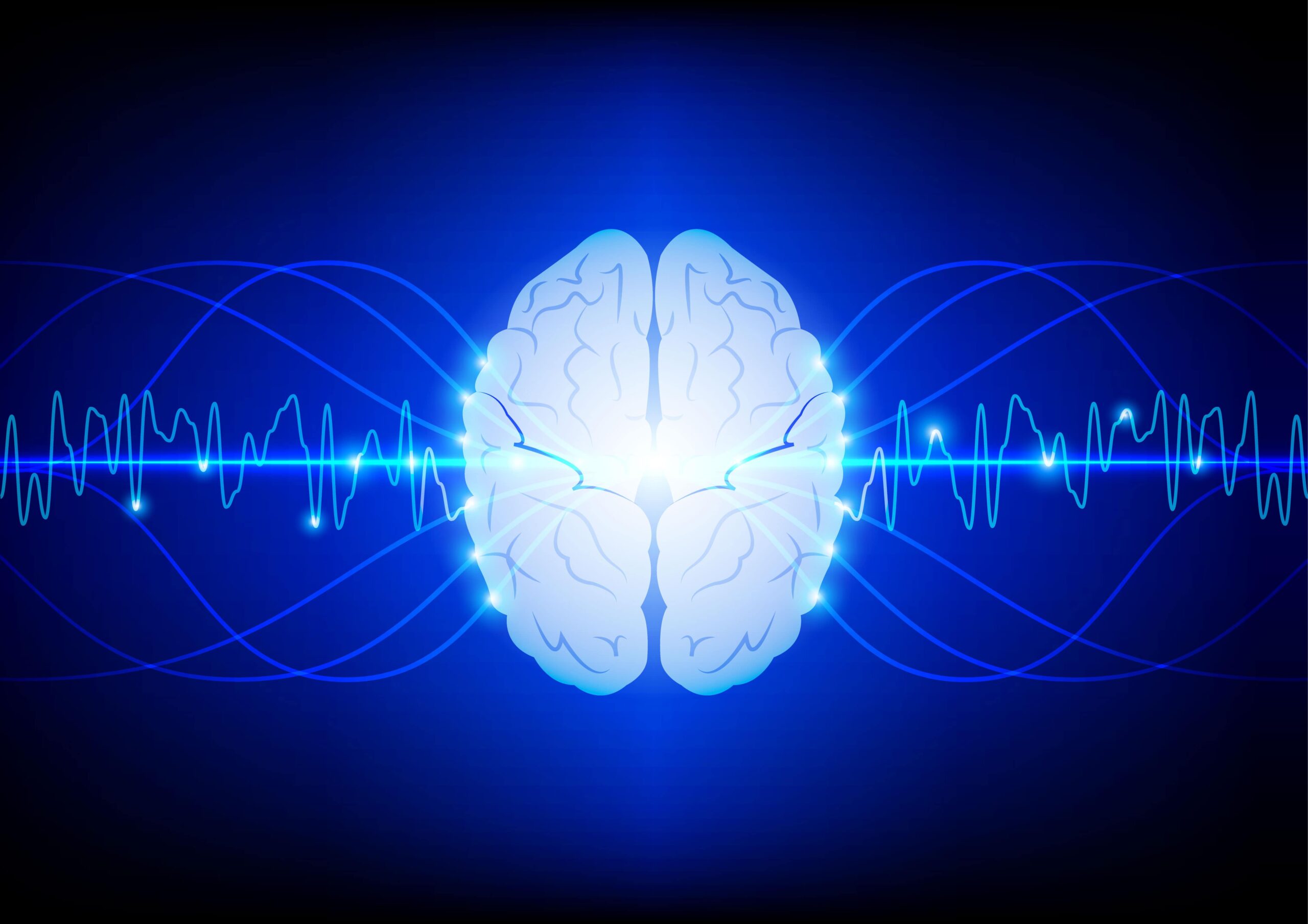Chronic pain affects more than one-quarter of adults in the United States. This debilitating level of pain is difficult to treat for a number of reasons. First, pain is highly individual, and no two people experience pain in quite the same way — even if the pain is located in the same region of the body. Second, doctors are still learning how chronic pain affects the brain. But now, researchers have identified brain signals that may be used to detect a person’s level of pain. The new research, published in Nature Neuroscience, marks the first time that a human’s brain waves have been recorded in regard to chronic pain.

Using Brain Waves to Understand Chronic Pain
The research team started by implanting electrodes, which conduct electricity, in the brains of four patients diagnosed with varying levels of chronic pain. Then, over the course of three to six months, patients were asked to complete surveys scoring the severity of their pain on a numerical scale. As patients filled out their pain surveys, the electrodes recorded their brain activity, identifying markers of chronic pain in specific brain signal patterns. These patterns were highly individual, suggesting that each person’s brain processed chronic pain in a slightly different way.
Modeling Brain Wave Connections
To match brain activity to pain levels, the researchers used machine learning to model the survey results. By examining the patients’ brain activity from the time the surveys were logged, the researchers were able to accurately predict their survey pain scores. In other words, the study authors were able to identify brain waves to help them accurately determine a patient’s pain level at any given time.
Evaluating Chronic Pain vs. Acute Pain Brain Waves
The researchers sought to answer one more question: Could they distinguish different types of pain from brain waves alone? They began by inflicting acute pain — short bursts of intense pain — using a thermal probe. To the researchers’ fascination, they could distinguish the acute pain signals from the chronic pain signals. The chronic signals came from an entirely different part of the brain, which could have massive implications for pain treatment.
_____
The team’s findings could dramatically improve chronic pain treatment, especially for patients who may struggle with communicating their pain levels verbally. With the help of brain wave observations, medical experts may be able to map patients’ biomarkers to reduce pain and improve their quality of life.
Did you enjoy this blog post? Check out our other blog posts as well as related topics on our Webinar page.
QPS is a GLP- and GCP-compliant contract research organization (CRO) delivering the highest grade of discovery, preclinical and clinical drug research development services. Since 1995, it has grown from a tiny bioanalysis shop to a full-service CRO with 1,100+ employees in the U.S., Europe and Asia. Today, QPS offers expanded pharmaceutical contract R&D services with special expertise in pharmacology, DMPK, toxicology, bioanalysis, translational medicine and clinical development. An award-winning leader focused on bioanalytics and clinical trials, QPS is known for proven quality standards, technical expertise, a flexible approach to research, client satisfaction and turnkey laboratories and facilities. Through continual enhancements in capacities and resources, QPS stands tall in its commitment to delivering superior quality, skilled performance and trusted service to its valued customers. For more information, visit www.qps.com or email info@qps.com.







